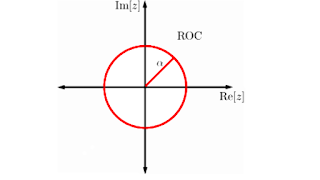Programmable Logic Controller multiple choice questions
Programmable Logic Controller 1. The acronym PLC stands for a) Pressure Load Control b) Programmable Logic Controller c) Pneumatic Logic Capstan d) PID Loop Controller Answer: Programmable Logic Controller 2. In PLC programming, a retentive function is one that a) Defaults to the “on” state b) Is not reset after a power cycle c) Defaults to the “off” state d) Cannot be edited or deleted Answer: Is not reset after a power cycle 3. A good application for a timed interrupt in a PLC program would be a) A communications function block b) A PID function block c) A math function block d) A motor start/stop rung Answer: A PID function block 4. In a PLC, the scan time refers to the amount of time in which a) the technician enters the program b) timers and counters are indexed by c) one “rung” of ladder logic takes to complete d) the entire program takes to execute Answer: the entire program takes to execute 5. The difference between online and offline PLC programming is a) whether ...

